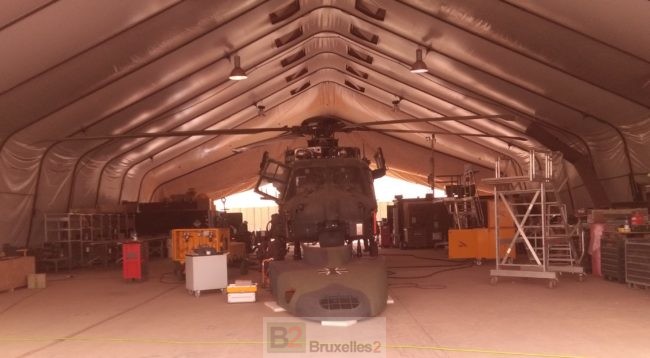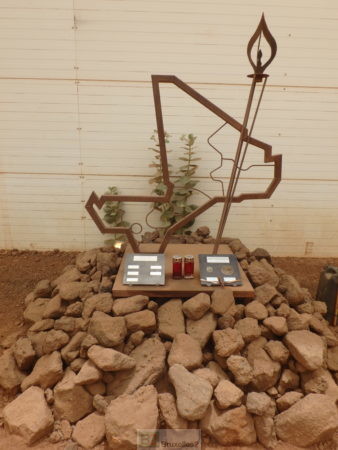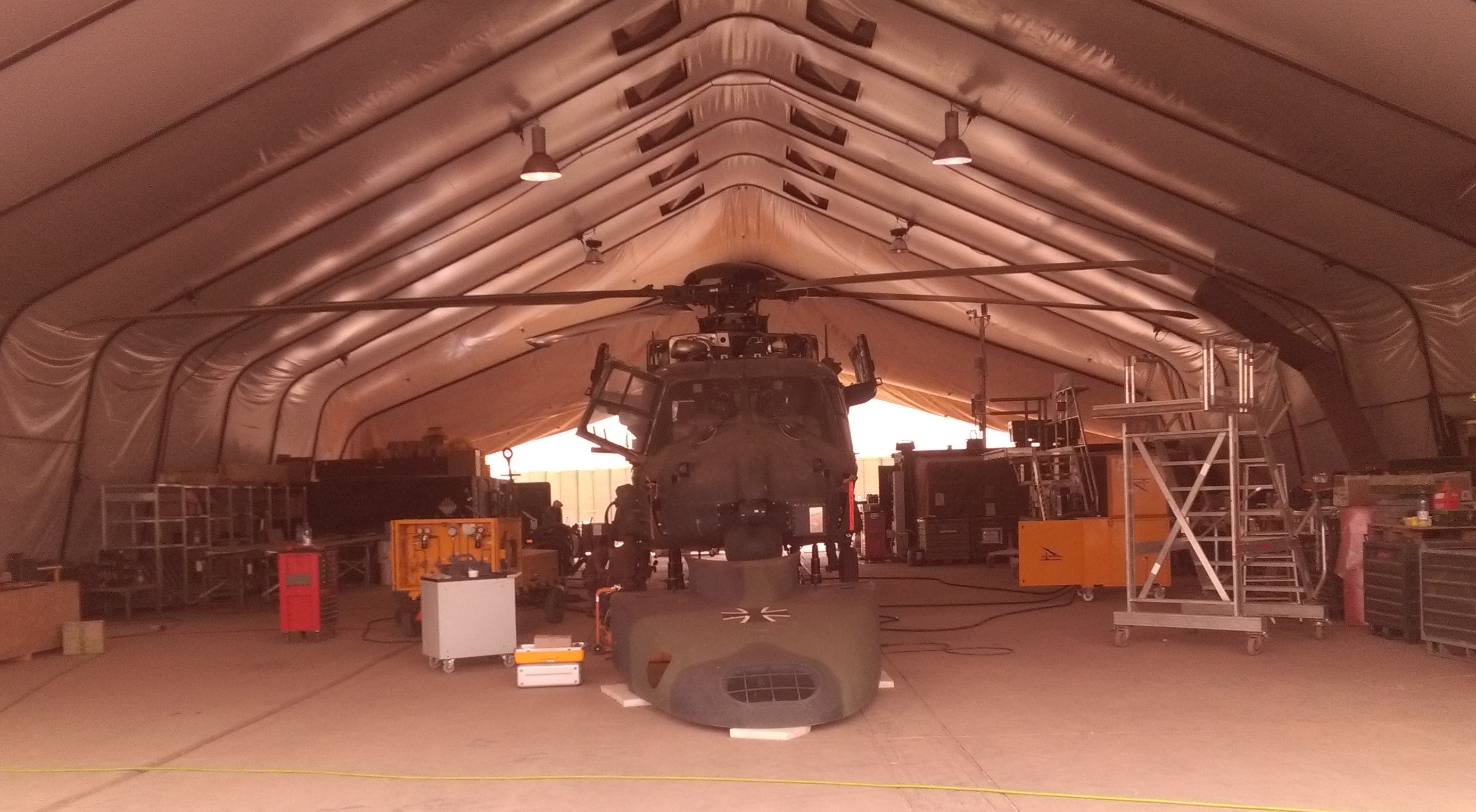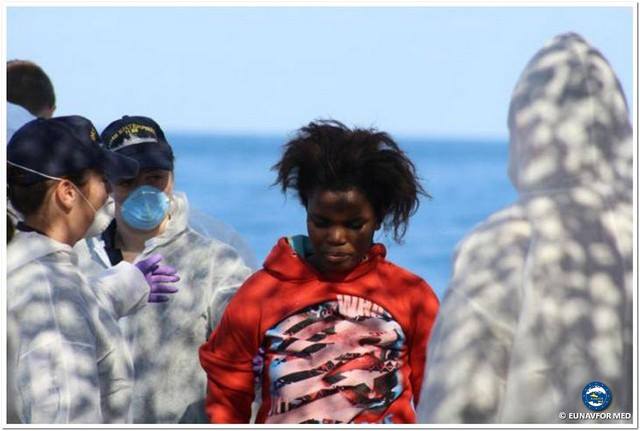End of mission for the Tiger and NH 90 helicopters in Mali. Like a void in the Minusma?
(B2) After 14 months of presence, the Germans put an end to the engagement of their Tiger combat helicopters in the blue helmets mission in Mali (MINUSMA). The four helicopters and 363 servicemen of the 36th Hessian Attack Helicopter Regiment from Fritzlar return home

Close support, monitoring...
These combat helicopters were used in the MINUSMA " about 185 times “, indicates the Bundeswehr. They fulfilled several types of missions. First, close air support when ground forces were attacked. " The use of weapons [with which the helicopter is equipped] was never really necessary “, say the Germans, “ the attackers fled when the Tiger arrived ».
... and show of strength
United Nations troop convoys were often escorted from the air to protect them from attack or warn them of dangerous locations. Tigers were also used to monitor important roads or points of terrain. Finally they made 'Show of Strength', a low-level passage meant to impress. These overflights and convoy escorts deterred attackers and also helped protect ground forces.
A force less well endowed with helicopters?
The Canadians arrive... a little later
The German attack helicopters left, just like the Belgian transport helicopters NH 90, remains a small void for a few days of course. But a crucial void. At the end of June, beginning of July, Mali is in the middle of an election period. The Canadians must take over, but a little later. They arrived with less resources than the Europeans: two Chinook-type transport helicopters (instead of five NH 90 helicopters supplied by the Belgians and Germans), accompanied by four Grillon helicopters.
A narrower field of action
The employment capacities of the machines could also be more limited: the combat helicopters will mainly have a vocation of accompanying the Chinooks, but not automatically autonomous missions. The Canadian decision to send the helicopters was a bit long and complicated by internal difficulties. The opposition criticized the interest of the deployment, pointing out the risks of this engagement and calling into question even the advisability of such a mission (Read from our colleagues at 45th degree north).
Other helicopters present with less capacity... or for other missions
Salvadoran MD-500 helicopters will also be present. But they do not have the same elongation as the NH 90 (only 150-200 km range). MINUSMA also has a capacity of Mi-8 type civilian helicopters provided by a Ukrainian company, but they can only be used to transport freight or men and require on-site protection. British heavy helicopters (three CH-47 Chinooks) arrive in the area, in Gao, but as part of the French anti-terrorist operation Barkhane.
The air taxi: a vital need for blue helmets
The need for helicopters is fundamental for the United Nations force: for medical evacuations but also for transport, protection of troops on the ground, deterrence (as the Germans have clearly explained). If the helicopters cannot go north (Salvadoran helicopters) or are limited in their use (Canadian helicopters), this limits the autonomy of action of MINUSMA and its deterrent force. Refueling by land is always very risky and sometimes complicated during the rainy season. Not all force bases also have an airstrip allowing aircraft to land. That of Kidal, for example, is out of the circuit. Mined and then bombed twice, it was partly invaded by the population.
A dull concern at the UN
Concern is therefore very real both within the ranks of MINUSMA and in various countries. During the debate at the United Nations Security Council last Thursday (June 14) on the renewal of the mission, several delegates regretted “ lack of sufficient resources as summed up by British diplomat Jonathan Allen. " The deployment of force multipliers would strengthen the capacities of MINUSMA pleaded his Ivorian counterpart Ilhari Alcide Djédjé, deeming it necessary that the mission be equipped with the logistical capacities necessary for the prevention of attacks and the protection of convoys. As for the Russian Dmitry Polyanskiy, he recalled that " countries that have made commitments in this respect must honor them ».
Comment: like a European vacuum
After the Dutch withdrawal, the Belgian and German returns, one can ask the question why the Europeans did not succeed in proposing a bundled offer to allow for a continuous and operational capacity in terms of helicopters. While everyone in Europe embroiders on the primordial interest of defending the UN and multilateralism, of stabilizing the Sahel region and of assisting the forces of the G5 Sahel and Mali, of allowing security in the regions of origin of migration , Europe is unable to provide blue helmets with a small helicopter transport and protection force, ie around ten helicopters and 200 personnel. It's weak and... dangerous. Because this weakness is visible to everyone.
(Nicolas Gros-Verheyde, back from Gao)
During this engagement, two German Tiger pilots lost their lives during the crash of their helicopter northeast of Gao July 2017.



